- Home
- Tools
- Power Tools
- Rotary Tools Oscillating Tools Cut Out Tools
- Oscillating Tools
.....Read More
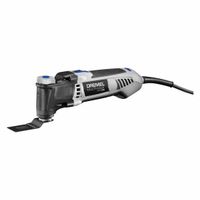
Corded Oscillating Tools
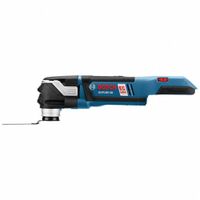
Cordless Oscillating Tools
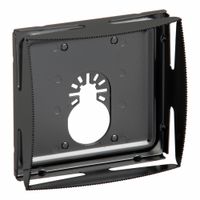
Electrical Box Cut-Out Blades for Oscillating Tools
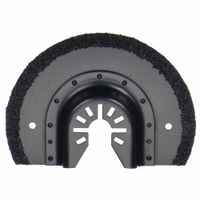
Grout Removal Blades for Oscillating Tools
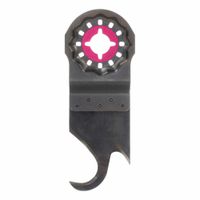
Hooked Cutting Blades for Oscillating Tools

Oscillating Tool Adapters & Accessories
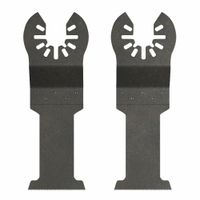
Oscillating Tool Blade & Attachment Sets
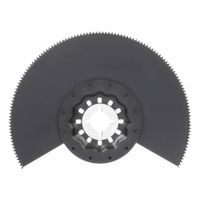
Round Cutting Blades for Oscillating Tools
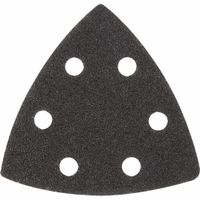
Sanding & Polishing Pads & Sheets for Oscillating Tools
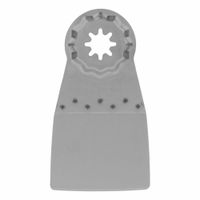
Scraping Blades for Oscillating Tools
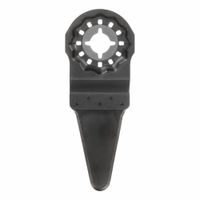
Sealant Removal Hooks for Oscillating Tools
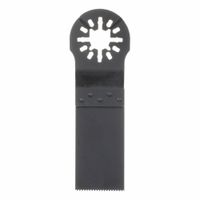
Straight Cutting Blades for Oscillating Tools
Frequently Asked Questions
What is an oscillating tool used for?
How do you change the blade on an oscillating tool?
What are the best oscillating tool blades for different materials?
Can an oscillating tool cut metal?
How do you maintain an oscillating tool?
What is the difference between corded and cordless oscillating tools?
Are oscillating tools worth it for DIY projects?